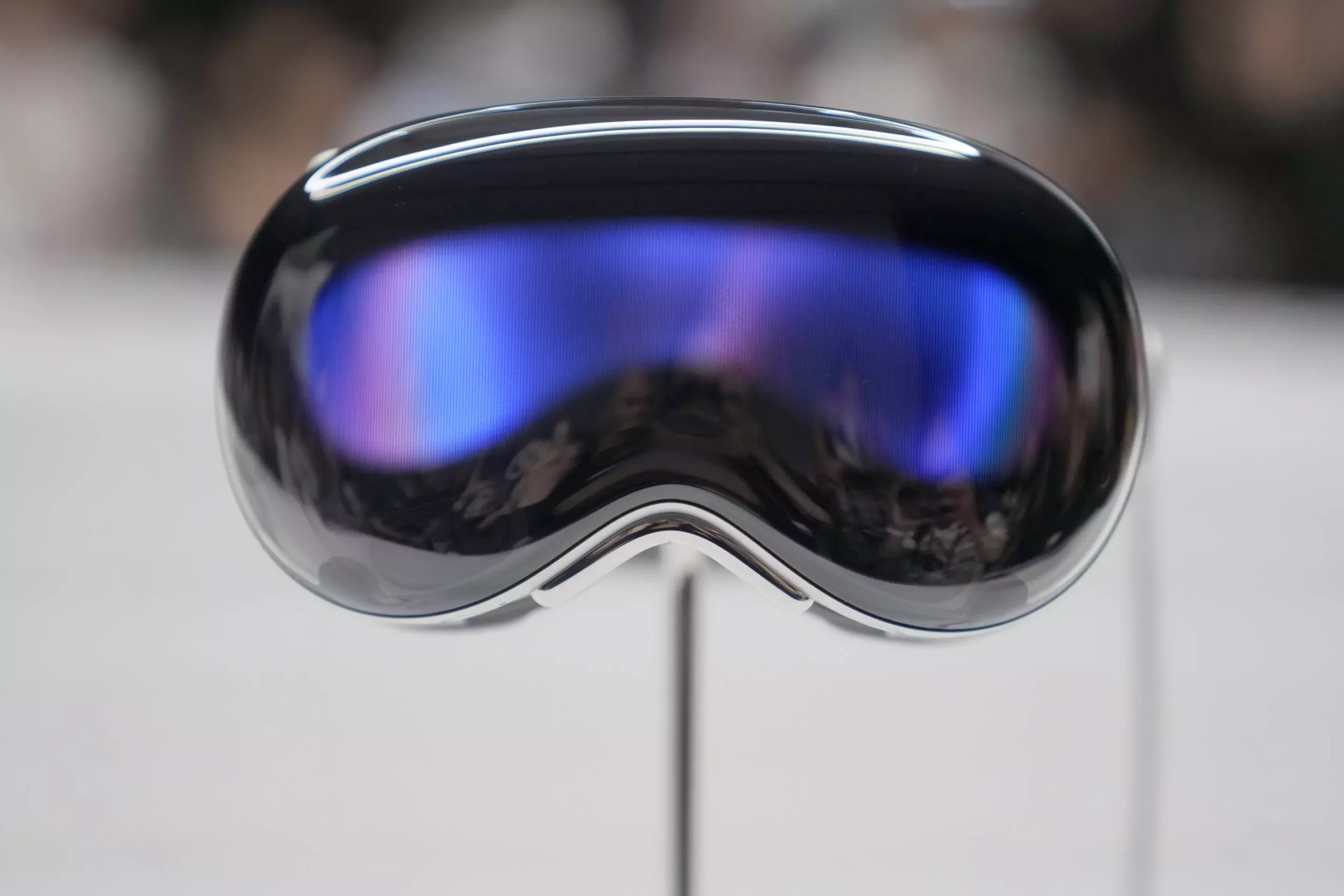Apple’s highly anticipated Vision Pro headset is set to hit store shelves on Friday, signaling a new era of “spatial computing.” This futuristic device aims to revolutionize the way we interact with technology and merge the physical and virtual worlds. With a price tag of $3,500, analysts predict that Apple may sell around 1 million units in its first year. However, history has shown that seemingly niche products can transform into mainstream phenomena, much like the iPhone. In this article, we will delve into the concept of spatial computing, its implications, and the potential impact of Apple’s Vision Pro headset.
Spatial computing refers to the fusion of the physical world and virtual reality through technology, facilitating seamless interactions between humans and machines. It leverages elements of augmented reality (AR) and artificial intelligence (AI) to create a new way of perceiving and manipulating objects and spaces. Cathy Hackl, an industry consultant and startup founder, believes that spatial computing is a game-changer and will transform human-computer interactions across various interfaces, from cars to watches.
To demonstrate the excitement surrounding the Vision Pro, Apple has announced over 600 newly designed apps compatible with the headset. These apps range from television networks, video streaming services (excluding Netflix and YouTube), video games, to educational resources. Additionally, companies like Zoom have developed apps for the Vision Pro, catering to the work and professional sphere. However, the use of spatial computing through devices like the Vision Pro may introduce a concerning aspect of technology addiction, with individuals perceiving the world differently without the headset and becoming reliant on the augmented experience.
While Apple is at the forefront of spatial computing with the Vision Pro, other tech giants are also working on similar products. Google has been developing “Project Starline,” a three-dimensional videoconferencing service that provides an immersive experience of being in the same room together. On the other hand, Meta Platforms, the parent company of Facebook, has been selling the Quest headset, which has the potential to be utilized for spatial computing. Apple’s advantage lies in its marketing prowess and customer loyalty, which often leads to transformative trends in the market.
A Brief History of Spatial Computing
The concept of spatial computing is not entirely new, as it has been around for at least two decades. In a 2003 research paper by MIT, Simon Greenwold argued that even automatic flushing toilets could be considered a primitive form of spatial computing. Greenwold highlighted the toilet’s ability to sense user movement and engage in real human space. However, the Vision Pro surpasses these humble beginnings by offering sophisticated features such as high-resolution screens capable of playing immersive three-dimensional videos, creating the illusion of reliving past experiences.
One of the key selling points of the Vision Pro is its ability to seamlessly integrate with human physiology. The headset can interpret hand gestures and eye movements, creating a more natural and intuitive user experience. However, questions arise regarding the impact on social interactions. For example, wearing the goggles during a dinner might hinder face-to-face communication and result in fragmented attention between the physical world and the augmented reality provided by the headset.
Apple’s Vision Pro headset represents a significant step toward popularizing spatial computing and ushering in a new era of human-technology interaction. With its advanced features and extensive application ecosystem, the device has the potential to transform various industries and reshape our daily lives. However, as with any technological advancement, it is crucial to strike a balance between the benefits and potential drawbacks. Ultimately, spatial computing holds promise for a future where the virtual and physical worlds seamlessly coexist in harmony.


Leave a Reply